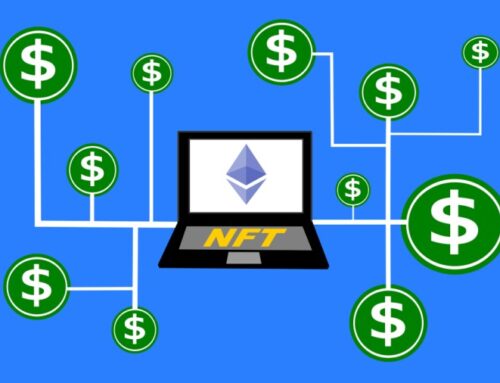What is NFT?
The term NFT stands for non-fungible token, and refers to a type of digital asset that is based on blockchain technology. These tokens come with their unique identification through metadata and corresponding signatures. As the name suggests, an NFT is not fungible, which means it cannot be replaced or replicated by another item of its kind. This makes each NFT original in its form
What Gives an NFT Value?
NFTs value depends on the type of asset that it represents on the blockchain. If the asset in question is a tangible property such as residential real estate, its real-world price is reflected through its NFT on the blockchain. But suppose that the asset is a digital piece of content that doesn’t come with a pricing label, then its value is purely speculative. In essence, its value depends on the market, supply and demand.
You can think of this as dealing with a specific type of artwork, where each piece’s value is determined on market sentiment and what potential buyers are willing to pay for it. This means that the seller can set the price of their specific artwork to any level they want. Whether the buyer will pay that cost to gain ownership of the asset is a completely different thing altogether.
But when these two factors in terms of a seller’s asking price and a buyer’s wilful costs or their desire to pay align together, it decides the speculative value of an NFT. This covers all types of assets that don’t have a real-world price tag attached to them. This includes content such as social media posts, digital trading cards, and digital artwork.
NFT value determined
Value of an NFT = Utility + Ownership History + Future Value + Liquidity Premium
Depending on the asset that the NFT represents, value is weighted differently across these four components. This framework can be used by investors to evaluate if an NFT is worth investing, and by NFTs developers to think of ways to increase the value of NFTs to attract users and investors. The key takeaway is that NFTs creates many new ways for values to be created for both developers and asset owners.
Utility — Utility value is depended on how the NFT can be used. Two major categories that have high utility value are game assets and tickets.
Ownership history — Value depends on the identity of the issuer and previous owners of the NFT. NFTs with a high ownership history value are often created or issued by famous artists or companies with a strong brand.
Future value — The future value of an NFT is derived both from valuation changes and future cash flow. Valuation is driven by speculation and can sometimes be the main driver behind price appreciation.
Liquidity premium — High liquidity translates to a higher value of NFT. The liquidity premium is the primary reason why tokens that are created on-chain should have a higher value than off-chain assets.
In Conclusion
Whether or not the current NFT craze can keep its momentum going, NFTs have already accelerated a larger trend of digital economic innovation. NFTs have confirmed that the public is feeling increasingly favourable toward a crypto-economy and is embracing short-term risks in return for creating new business possibilities.







Leave A Comment